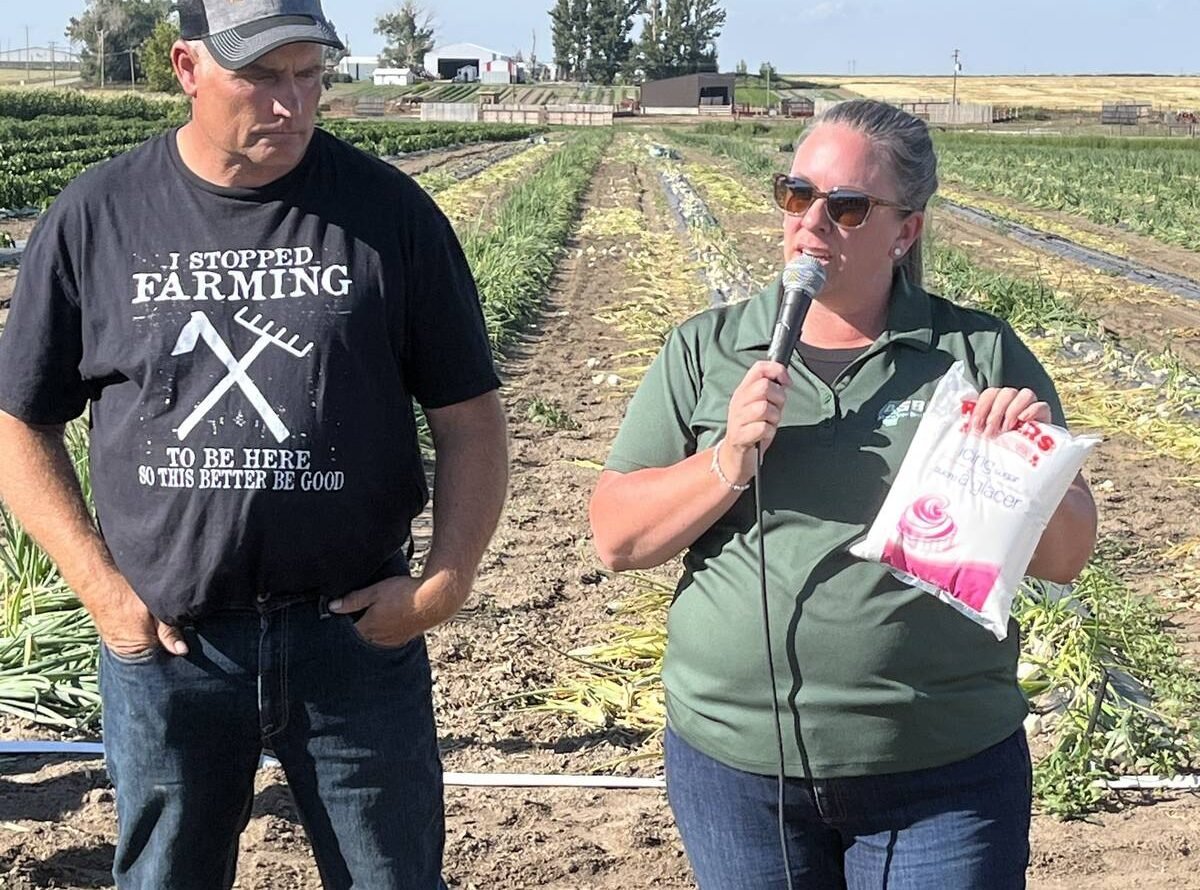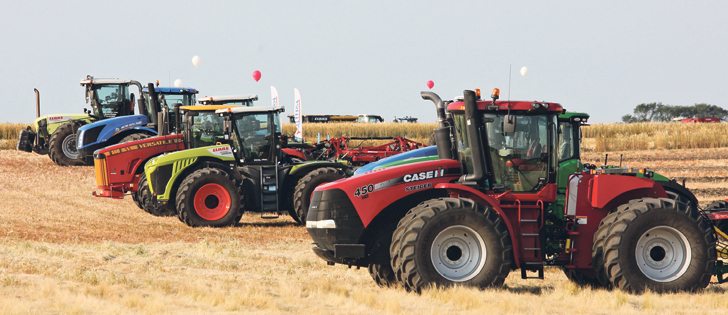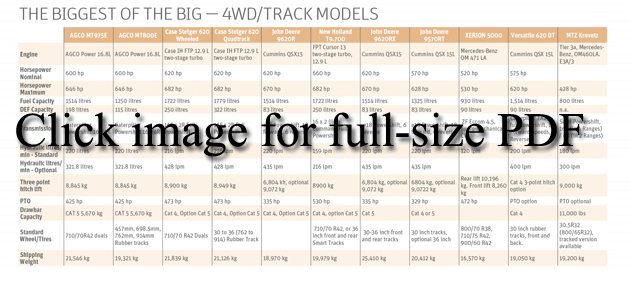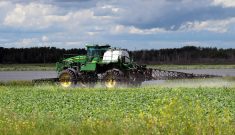There are active farmers who can remember a time when a 200 horsepower tractor was considered big. When it comes to planting a crop today, most broad-acre growers are sitting on machines that have two or three times that amount of power.
As farms added acres over the past decades, the pressure to cover more acres per hour increased, and the dance intensified between implement manufacturers producing wider tools and tractor manufacturers providing the power to handle them.
But is there a limit on how big tractors will grow?
Read Also

Alberta’s beets a sweet domestic segment in Canada’s sugar supply
The sugar beet industry is showcased during a Farm to Table tour, as Taber features the last remaining sugar beet processing plant in all of Canada.
Mining and industrial equipment can grow larger because they don’t have to share space on municipal roads the way farmers do on a daily basis when planting.
However, implement manufactures have been creative in designing big tool bars that are able to fold down for transport like Bourgault’s 100-foot drill, which folds down to 18-feet wide and includes rear wheel steering in transport position to help navigate between fields.
Related stories in this “Around the Farm” feature:
- Book chronicles development of high-horsepower four-wheel-drive tractors
- Delta Track takes the Versatile reputation even further
- Deere’s RX fulfills requests for tracks
- Twin tracks brought tracks back to ag
Another concern about rolling the big iron is soil compaction, which experts say can cause long-term damage to fields.
Tire manufactures are producing stronger tires that can run on lower pressures and increase their footprint, which reduces the amount of pressure tractors apply on ground. As well, the tracked offerings of the high-horsepower tractors are easing some farmers’ concerns, whether justified or not, when it comes to compaction.
The trend line shows a continuing increase in horsepower, which suggests these beasts will continue to get bigger, and more expensive.
There has been progress in the development of electric tractors, such as the Autonomous Tractor Corp. offering, and they have the potential to reduce the overall operational cost for fielded horsepower.
However, the electric tractor has a long road to travel before it competes with the high-horsepower offerings of the major equipment manufacturers in terms of not only power efficiency but also market share.
With the recent release of the DOT robotic systems, growers can begin to imagine a time when a fleet of many smaller robots perform tasks that are now firmly in the realm of the high-horsepower tractor.
On most farms however, it will be many years until robotic systems can come close to matching the productivity enabled by the sheer power and efficiencies of modern high-horsepower tractors.
There doesn’t seem to be a limit in the ability of tractor manufacturers to produce ever more powerful engines and resilient transmissions.
There may, however, be an economic threshold where it becomes unviable for growers to keep buying the biggest and most advanced technology because their margins can’t handle the payments.
With the current commodity price slump caused by a global glut of grain, a low Canadian dollar that significantly increases the purchase cost of tractors and debt wary producers concerned about rising interest rates, many growers have recently been hesitant to pull the trigger and purchase the latest and greatest high-horsepower tractor.
But there are always costs to running big iron, and as a tractor’s hour clock gets long in the tooth, many growers would rather make payments on new equipment than have to deal with downtime and repair bills.
Farmers have always sought to have the biggest and best, not for its own sake but because the big iron usually creates enough production efficiencies to justify their costs.

















